Snow In Summer: The Droughttolerant Plant That Blooms All Summer Long
Introduction
Do you dream of a plant that blooms all summer long, even in the hottest, driest weather? If so, then you need to meet snow in summer. This amazing plant is a drought-tolerant perennial that can add a touch of beauty and color to your garden for months on end.
What is Snow in Summer?
Snow in summer (Cerastium tomentosum) is a low-growing, mat-forming plant that is native to Europe and Asia. It is also known as pearlwort, snowberry, and mouse ear. Snow in summer gets its name from its delicate, white flowers, which bloom in clusters from late spring to early fall. The flowers are small, but they are very numerous, giving the plant a snowy appearance.
Snow in Summer Care
Snow in summer is a very easy plant to care for. It is drought-tolerant and does not need to be watered very often. It also does not need to be fertilized. Snow in summer prefers full sun, but it can also tolerate partial shade.
Where to Plant Snow in Summer
Snow in summer is a great plant for adding a touch of color to rock gardens, borders, and patio containers. It is also a good choice for xeriscaping. Snow in summer is not invasive, so you can plant it without worrying about it taking over your garden.
Conclusion
If you are looking for a drought-tolerant plant that blooms all summer long, then snow in summer is the perfect choice for you. This easy-care plant is sure to add a touch of beauty and color to your garden for months on end.
Additional Information
- Snow in summer is a good source of nectar for bees and butterflies.
- The leaves of snow in summer can be used to make a tea that is said to have medicinal properties.
- Snow in summer is also known as "baby's breath" and is often used in floral arrangements.
Are you interested in learning more about snow and summer plants? If so, I recommend visiting Home Gardening. This website has a wealth of information on a variety of snow and summer plants, including their characteristics, growing conditions, and uses. You can also find a variety of resources on the website, such as articles, videos, and plant lists.
I hope you find this information helpful!
FAQ of snow and summer plant
What are some snow plants?
Snow plants are plants that are able to survive in cold, snowy conditions. They typically have thick leaves or stems that help to insulate them from the cold, and they may also have a waxy coating that helps to reflect heat. Some common snow plants include:
- Snowdrop (Galanthus nivalis)

- Crocus (Crocus spp.)
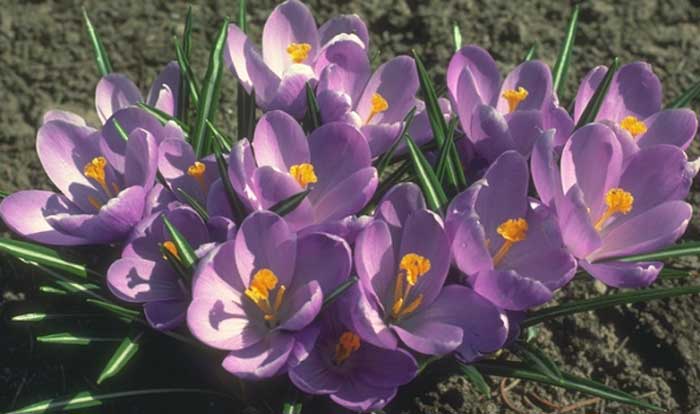
- Primrose (Primula spp.)
- Winter aconite (Eranthis hyemalis)
- Snowberry (Symphoricarpos albus)
What are some summer plants?
Summer plants are plants that are able to thrive in warm, sunny conditions. They typically have thin leaves that help to dissipate heat, and they may also have flowers that attract pollinators. Some common summer plants include:
- Petunia (Petunia spp.)
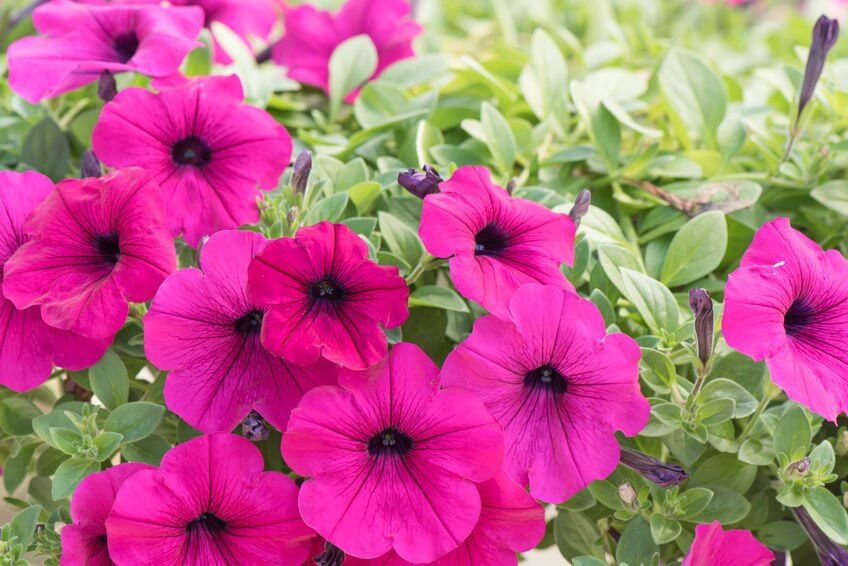
- Marigold (Tagetes spp.)

- Zinnia (Zinnia elegans)
- Sunflower (Helianthus annuus)

- Dahlia (Dahlia spp.)
How do I choose snow and summer plants for my garden?
When choosing snow and summer plants for your garden, it is important to consider the climate in your area. Snow plants will need to be able to survive the cold winters, while summer plants will need to be able to tolerate the heat. You should also consider the amount of sunlight your garden gets. Snow plants typically need full sun, while summer plants can tolerate some shade.
How do I care for snow and summer plants?
The care requirements for snow and summer plants vary depending on the type of plant. However, there are some general tips that can help you care for both types of plants.
- Water snow plants regularly during the winter, but less often during the summer.
- Fertilize snow plants in the spring and summer.
- Deadhead summer plants regularly to encourage new blooms.
- Protect snow plants from frost in the winter.
What are some challenges of growing snow and summer plants?
The main challenge of growing snow and summer plants is the different climate conditions they require. Snow plants need to be able to survive the cold winters, while summer plants need to be able to tolerate the heat. Another challenge is that some snow and summer plants can be susceptible to pests and diseases.
What are some benefits of growing snow and summer plants?
There are many benefits to growing snow and summer plants. Snow plants can add beauty to your garden during the winter, when other plants are dormant. Summer plants can provide you with colorful flowers and foliage throughout the warm months. Additionally, both snow and summer plants can help to attract pollinators to your garden.


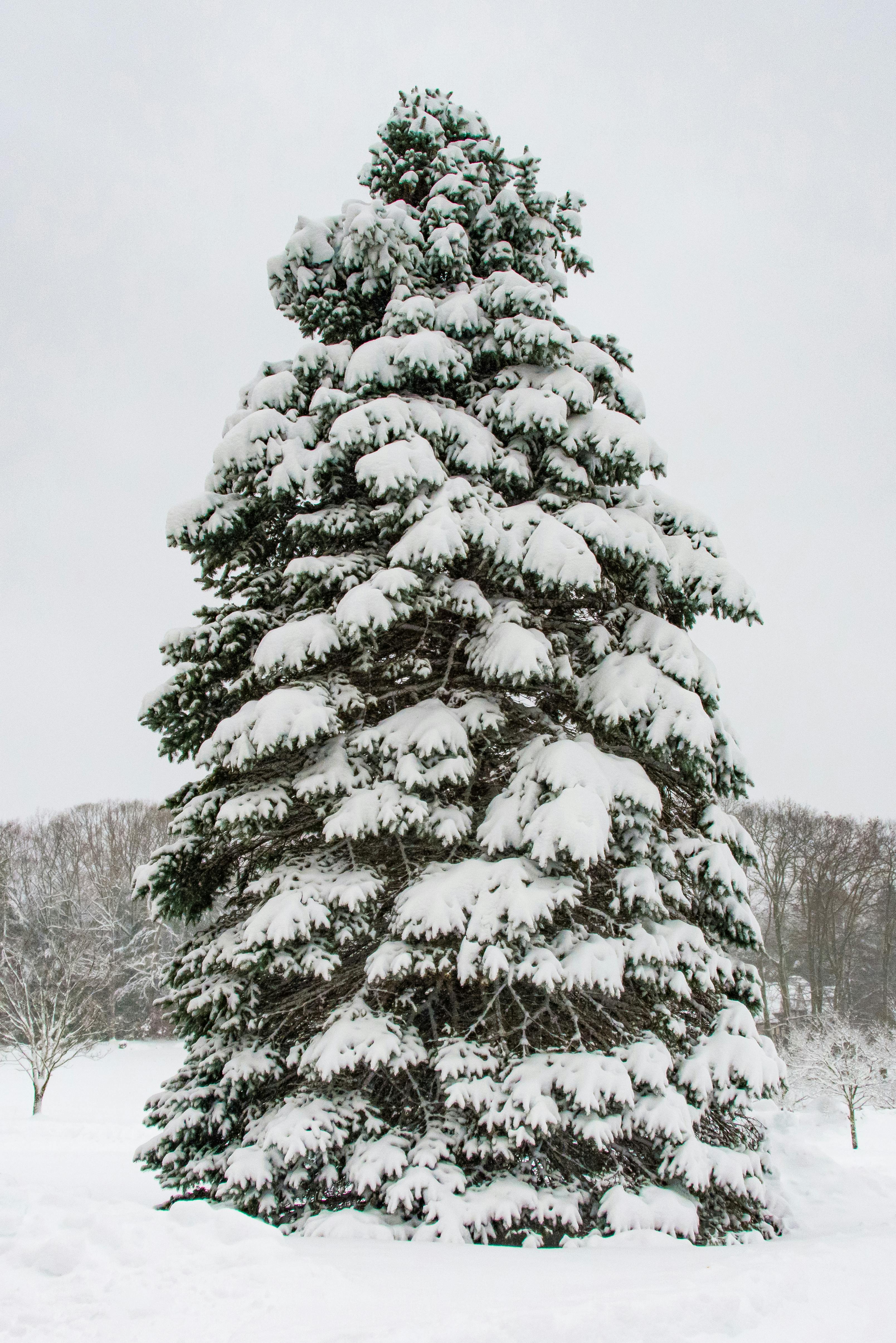
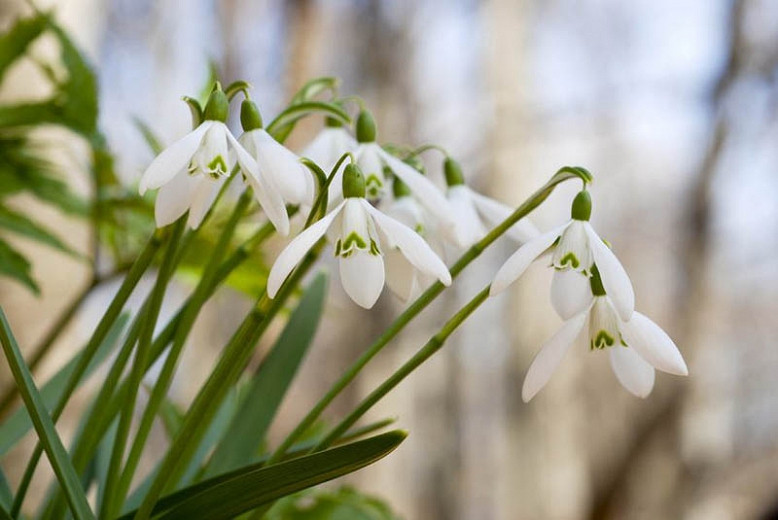

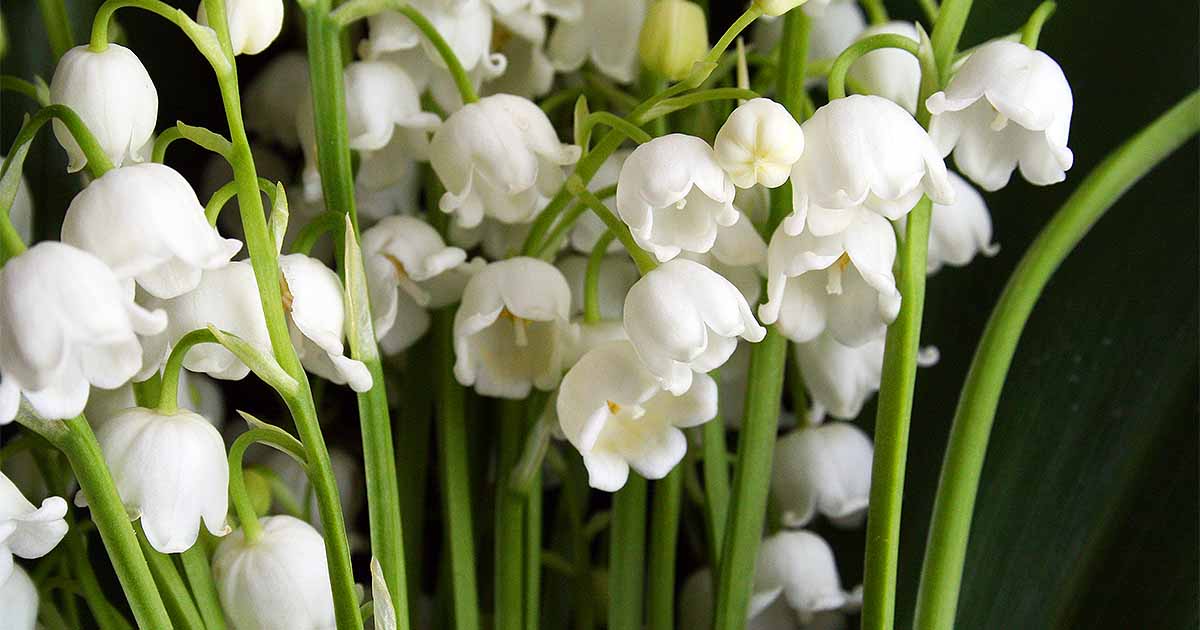
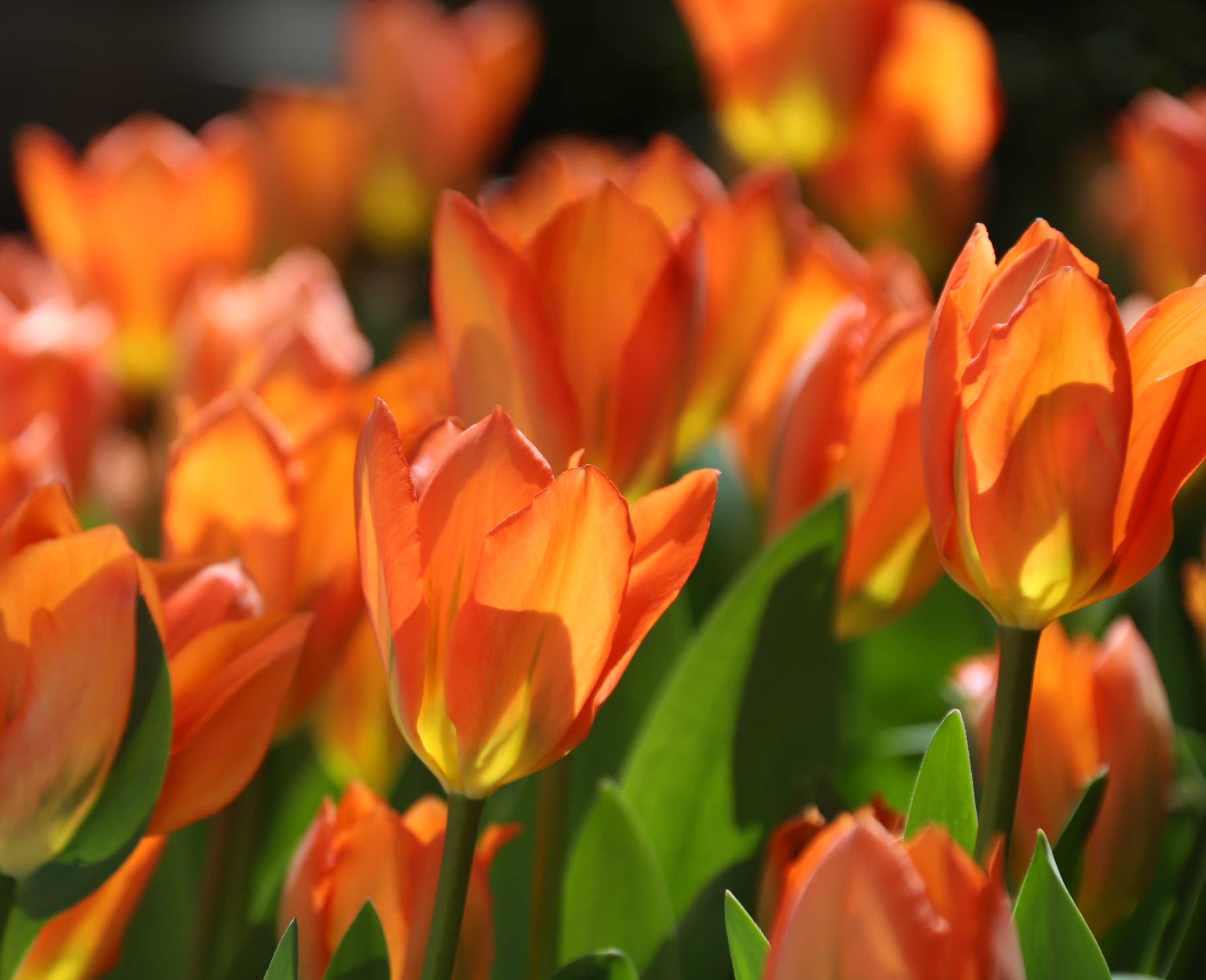

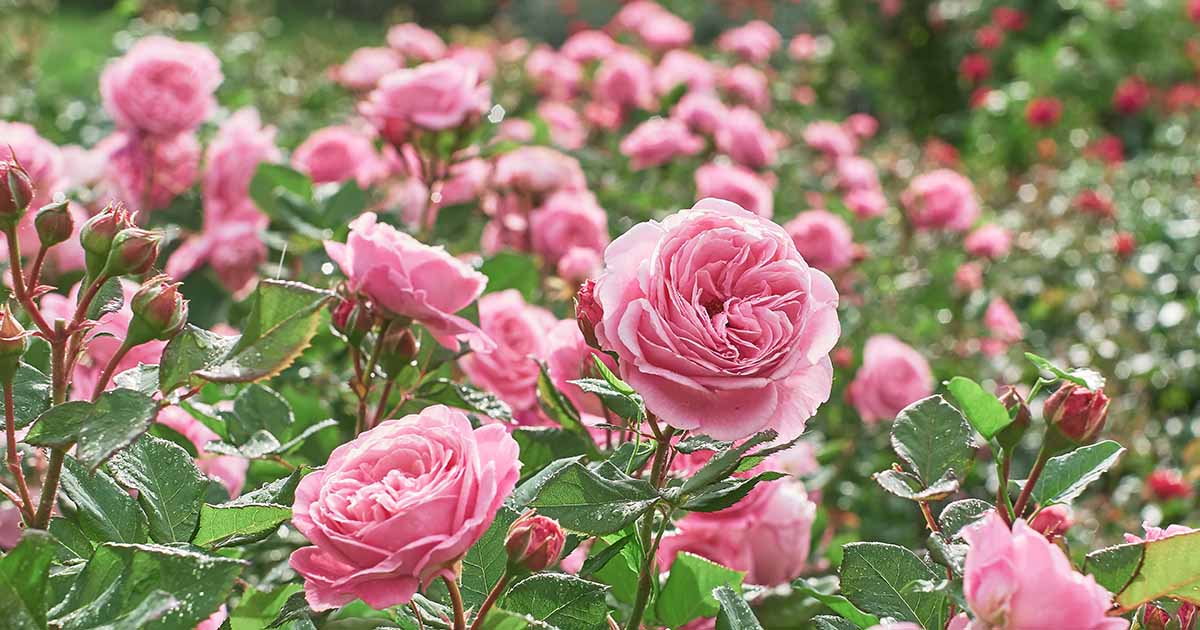

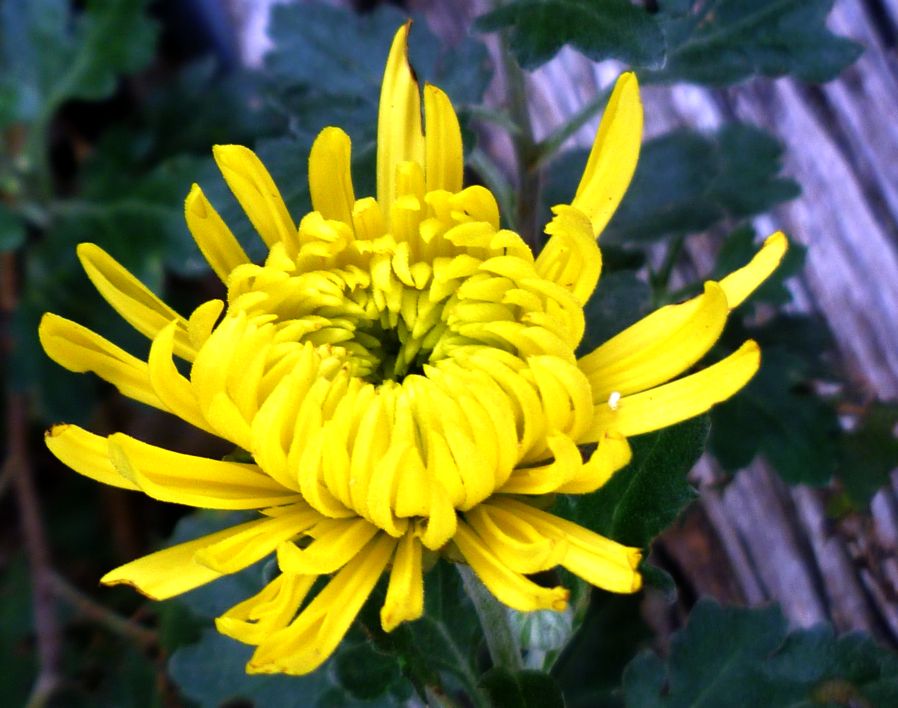
Post a Comment for "Snow In Summer: The Droughttolerant Plant That Blooms All Summer Long"